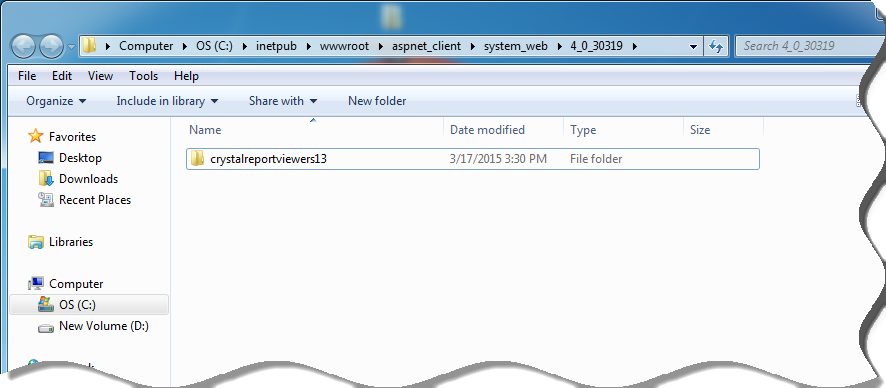

Dispose un-needed objects on Page_UnloadĮnsure that you call.
#Crystal reports runtime change max records regedit plus
This report will need to run 75 subreports plus the main report, reaching 76 print jobs and the error will be thrown.įirst Delete report files in temp folder(C:\Documents and Settings\\Local Settings\Temp) with the extension rpt.ġ. Consider a report that returns 75 records, with a subreport placed in the detail section and thus running for each record.

Therefore a single report could exceed the 75 print job limit. drill down, paging, searching, and more.). Note that a print job includes main reports, subreports, and in-session report objects (e.g. When a load is placed on the application it can hit the 75 print job limit and cause the error. By default, the print job limit is set to 75 print jobs. There are specific registry keys that control this optimization. Starting in version 10 of Crystal Reports, the reporting engine was optimized for greatest report throughput. Too Many Print Jobs Submitted to the Report Engine

This is true for any object that supports IDisposable interface. Proper coding requires that any objects be managed and thus destroyed when they are no longer needed. There are a number of reasons why the report engine would suffer from high loads and each reason may have a distinct solution as documented below. Or, in other words, a high reporting load has been placed on the reporting engine. The error message appears because the web application has exceeded the Crystal Reports reporting engine default print job limit of 75. The following are some of it's solutions: We normally face issue with SAP Crystal reports viewer for Microsoft Visual Studio 2010 and later that the error The maximum report processing jobs limit configured by your system administrator has been reached is encountered. The maximum report processing jobs limit configured by your system administrator has been reached


 0 kommentar(er)
0 kommentar(er)
